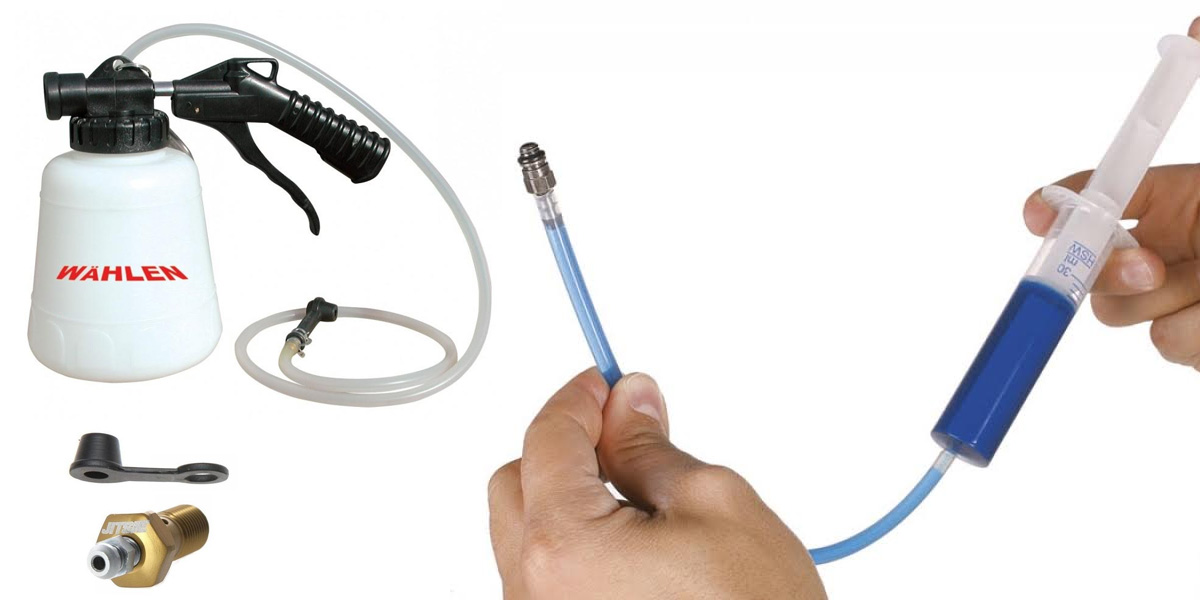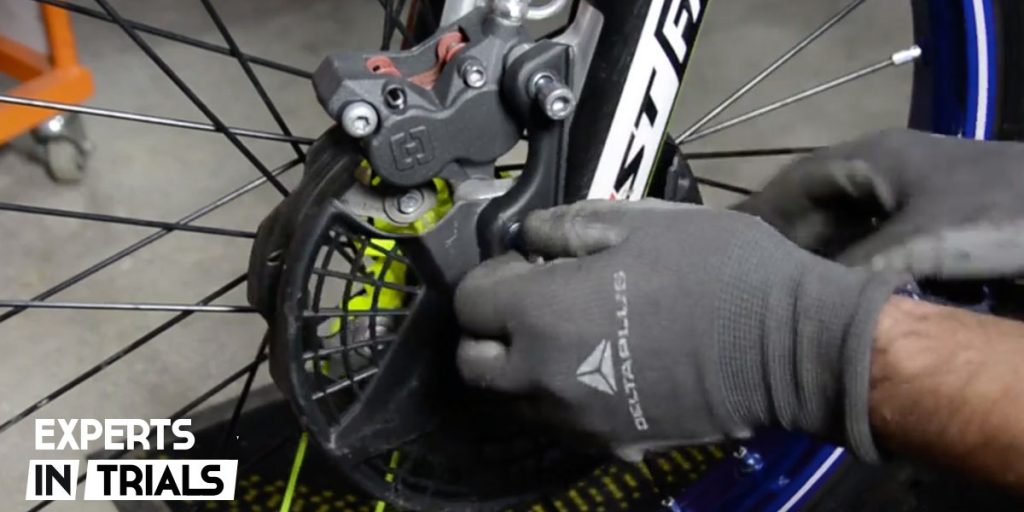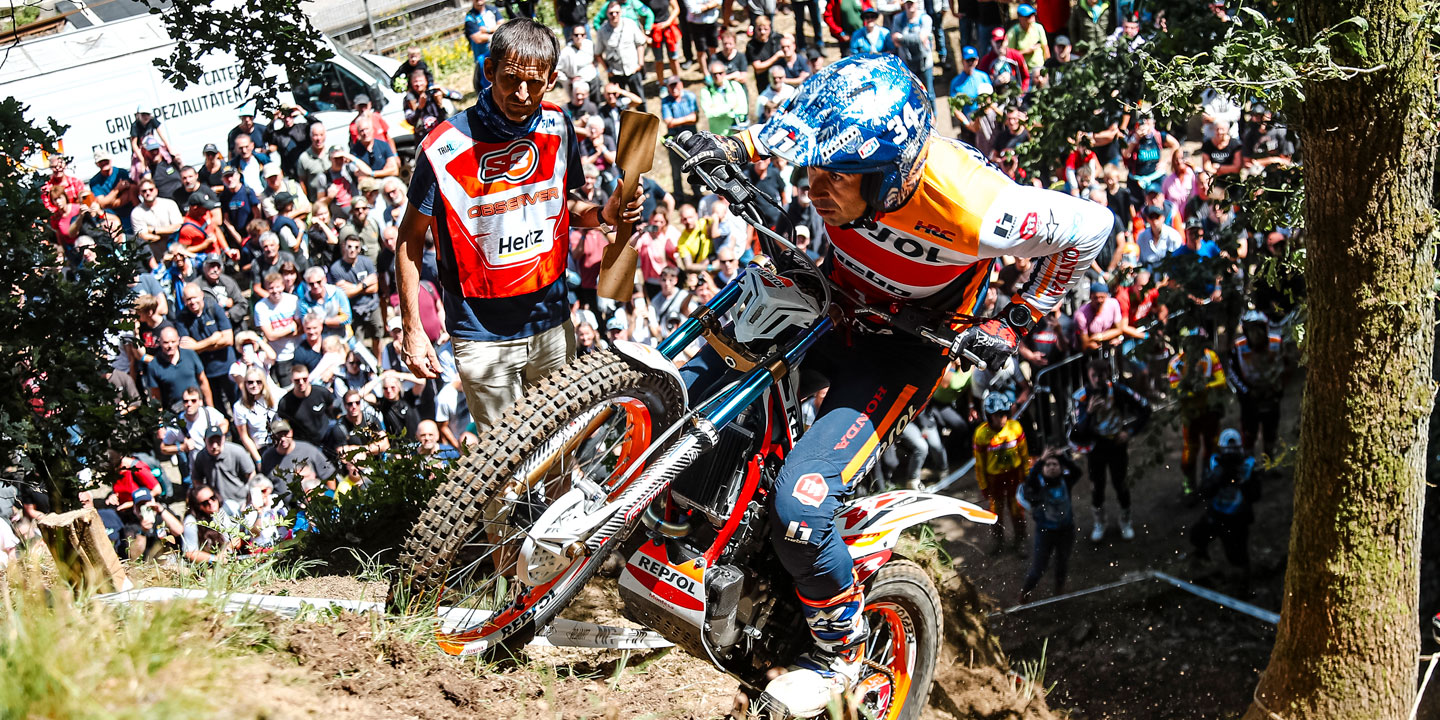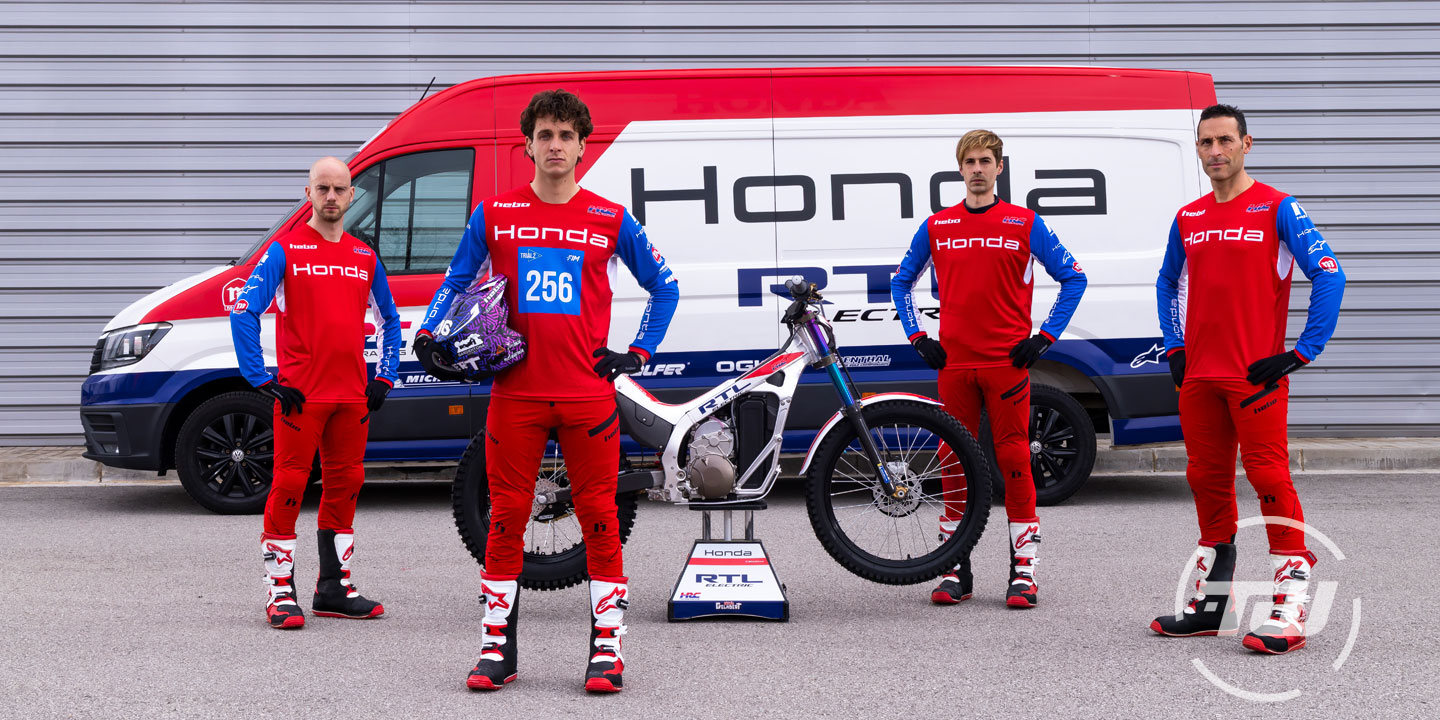Bleeding the brakes on a trial bike is an easy task, but only if you follow the right steps. This is not a common task in the
maintenance of a trial bike
, but it may be necessary as a result of the appearance of problems, breakages or the replacement of an element that intervenes in the hydraulic braking process.
It is not always obvious that the solution is to bleed the bike’s brake system, but simply that neither the feel nor the performance is optimal, so this operation is also a way to solve the problem.
Either way, it’s interesting to know what steps need to be taken to bleed a brake system. You will see in the article that it can be done manually or with the help of specific tools that speed up the process in time and efficiency.
WHEN SHOULD I BLEED MY BIKE’S BRAKES?
1. Brake fluid loses its properties: brake fluid is a hygroscopic fluid, i.e. it absorbs moisture in the form of vapour or liquid from its environment. The problem is that by absorbing moisture, it lowers its boiling temperature and reduces the braking efficiency due to overheating of the fluid.
2. Air enters the brake system: It can happen that over time one of the connections loosens and air enters the brake system. Brake fluid, as a fluid, has the characteristic that it cannot be compressed. However, the air molecules that are introduced into the brake system do compress and as a consequence, dissipate the pressure that the pump sends to the caliper pistons.
3. Hose: Rubber, like brake fluid, has its expiration date. When we operate the brake lever, the pressure we exert is transmitted to the braking system. If the walls of the hoses cannot withstand the pressure, they swell by absorbing the braking stress that we apply to the brake caliper. Here you can find
brake hoses for trial bikes
.
During your maintenance tasks, you must check that all the elements of the braking system are correctly tightened and that the hose is not cracked or pinched throughout its travel.
Obviously, the performance of the system is influenced by the condition of
the brake pads and discs of the trial bike
. Not only do you have to keep an eye on wear, but also that the pads, for example, have not crystallized or contaminated with oil.
Here is a
tutorial to change the brake pads on your trial bike.
HOW DO YOU BLEED THE BRAKES ON A TRIAL BIKE?
Before starting the operation, you should be clear about what type of brake fluid your system uses. On the filler caps of both pumps, specify the fluid you should use to purge your trial bike.
Tools needed:
1. A macaroon of the same diameter as the bleeder to prevent brake fluid from spilling onto the brake caliper.
2. 10 – 8 flat fixed wrench to loosen and tighten the bleed screw.
3. Phillips screwdriver to remove the filler cap.
4. DOT4 Brake Fluid
Steps to follow:
The first thing to do is to check that the brake fluid level is correct. Otherwise, we would run the risk of introducing air into the system.
Once we check that the level is adequate, we start pumping fluid by operating the lever or pedal if we are bleeding the rear brake. We apply the brake and without releasing it, we open the bleeder to remove the liquid with bubbles. Next, close the bleeder and pump again to see if the brake has taken touch. We will repeat this operation until we observe that the fluid that comes out of the bleeder is not accompanied by air bubbles and the brake feel is firm.
Once finished, we check the tightness of the bleeder screw and the level of the brake fluid reservoir.
At all times, make sure that no brake fluid is spilled on the bike. It is very corrosive and if it falls on the pads we will have braking problems.
Brake bleeding with a bleed kit
Purging with this system is fast and efficient. The use of an air compressor is necessary.
To use it, connect the kit to the air compressor and open the bleeder without applying the brakes. The device will begin to suck brake fluid and any air bubbles that the system may have. It is important to keep an eye on the fluid level because it will drop quickly. When we observe that bubbles stop coming out, we will close the trap and check the liquid level.
If you don’t have the kit, you can use a syringe with a macaroon in such a way that when you suck it drags the liquid into the syringe.











